The apron I’ve had in my shop for as long as I can remember isn’t good for much. It’s made of denim and has a single flat chest pocket, a neck strap, a waist strap, and “Zabar’s” written across the front. I usually put it on only before I do some painting or gluing and I’m too lazy to change into my work clothes. My low opinion of aprons for woodworking changed when the Verksted apron I’d ordered from Leah Kefgen at Best Coast Canvas (BCC) arrived in the mail. Even before I put it to use, I liked the look and feel of the waxed 24-oz canvas, which is dyed oak brown and neatly sewn with a very heavy-duty thread. If tying knots behind your back isn't in your skill set, the brass trigger snap is a useful feature. The weight of the apron and tools is taken by the shoulders, much better than by the back of the neck.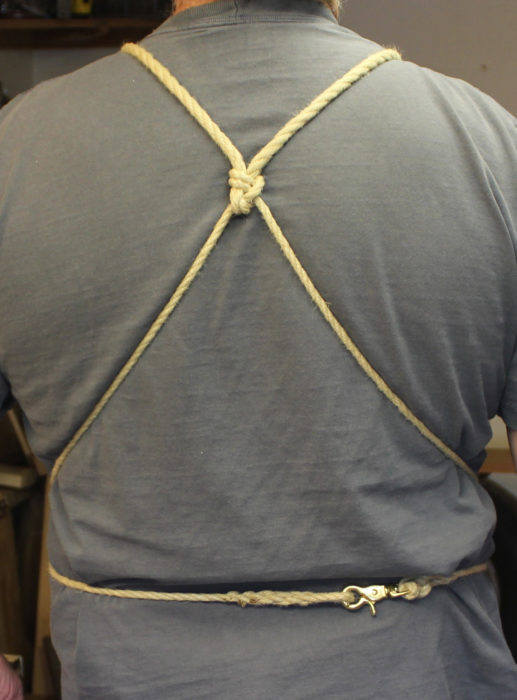
Join The Conversation
We welcome your comments about this article. If you’d like to include a photo or a video with your comment, please email the file or link.

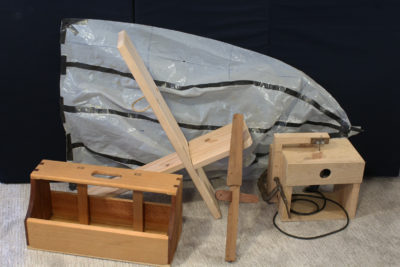
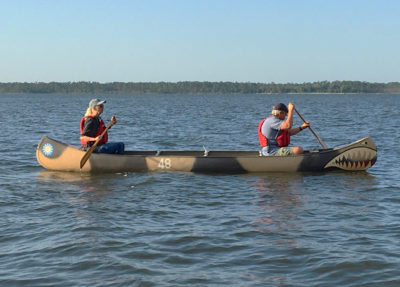
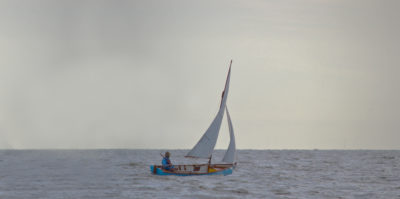
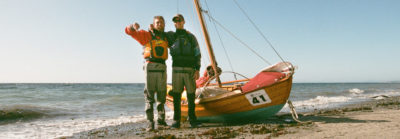
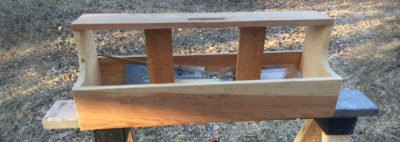
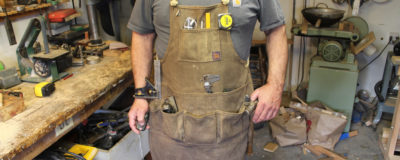
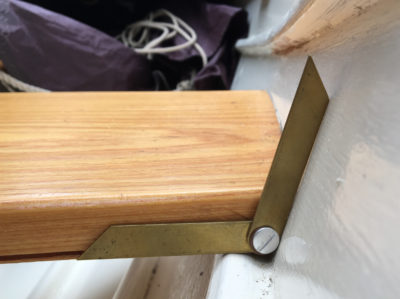
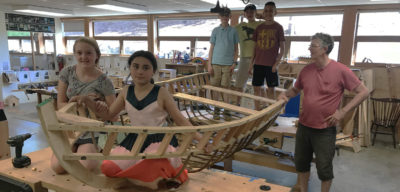
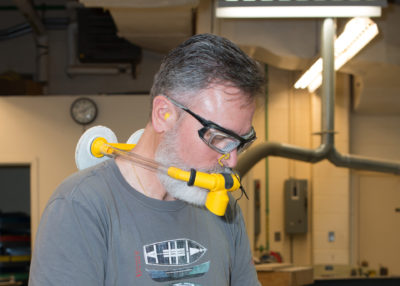
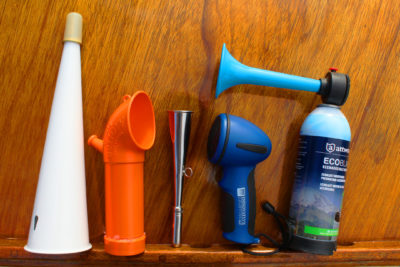
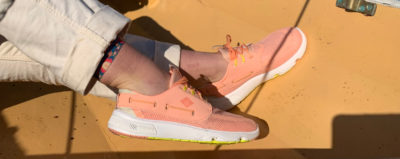
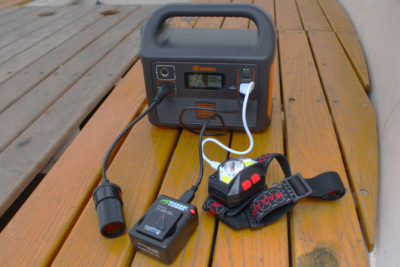
Thanks for this review – nicely detailed and well done. I just received my short version of the apron (my preference over the longer one) and it is every bit as nice. Very well made and very comfortable to wear. Thanks again for pointing me to Leah and Best Coast Canvas.